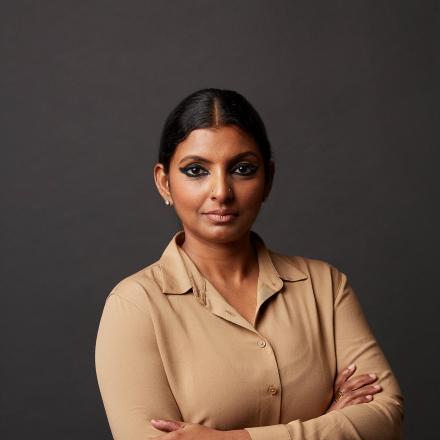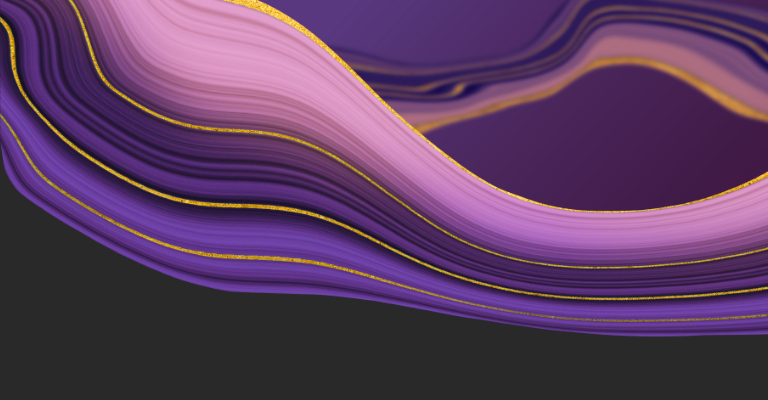Personalising the Sringara Padam with Chekhov's acting techniques
The purpose of the practice of Bharathanatyam is for the actor, dancer and spectator to experience aesthetic pleasure (Rao, A. 1997). Some of the problems present in the current landscape of learning Bharathanatyam include the codification of the form and the authoritarian style rooted in the teaching of the form. This has led many student dancers to feel incompetent and has consequentially made the form unattainable. According to ancient treatise, dance is meant to be sensorial, experiential and pleasurable. Have these core values of the practice been lost through transmission? The purpose of my intervention is to make the learning of the emotion love (Sringara Rasa), in the practice of Bharathanatyam, accessible to all levels of dancers. This sequential model interrogates the cognitive activities of a role or character performing the emotion. To bridge the gaps in learning, my intervention aims at re-examining the theory and practice of poetic Texts (Padams) based on the emotion love (Sringara Rasa). An engagement in self-inquiry will allow dancers to access the true nature of Bharathanatyam. Can sensorial ranges be heightened through facilitating a shift in the transmission and dissemination of learning the component emotion (Rasa)? How do I communicate the emotion love (Sringara Rasa) through the mode of ‘sensing’ (Pulaneri Vazhakku) by adapting Michael Chekhov’s Psychophysical Technique? I hope this encourages dancers to re-establish their position with the form by making it personal, thus empowering them with an embodied practice. Nurturing the individual personality of a student allows him/her to harmonize between the form and themselves. It is important for the learner to engage in the form through relevant context and narratives, experiences and sensibilities and individual cultures and stimulus. Providing this fair opportunity to all is my approach towards building a progressive curriculum.
Keywords: Accessible, Autonomy, Embodied, Sensing, Progressive





